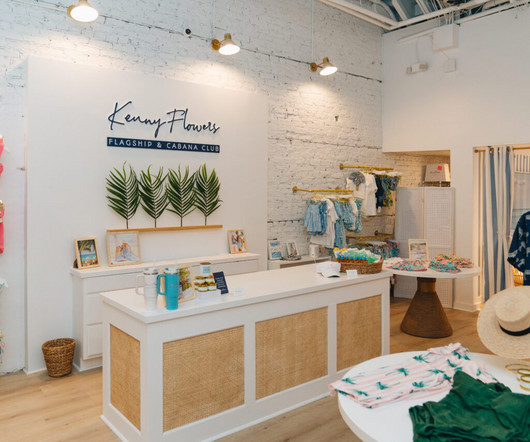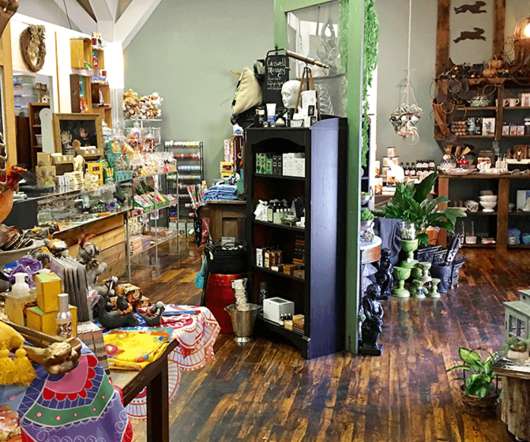Parlour X founder Eva Galambos on her life as a luxury fashion buyer
Inside Retail
NOVEMBER 25, 2021
Tastemaker and entrepreneur Eva Galambos first opened the doors to her luxury multi-brand boutique Parlour X in 2001 in Sydney, when she began introducing major international labels to Australian consumers, from Balenciaga to Vivienne Westwood. . For one, there were very few dedicated luxury boutiques in Australia.












Let's personalize your content